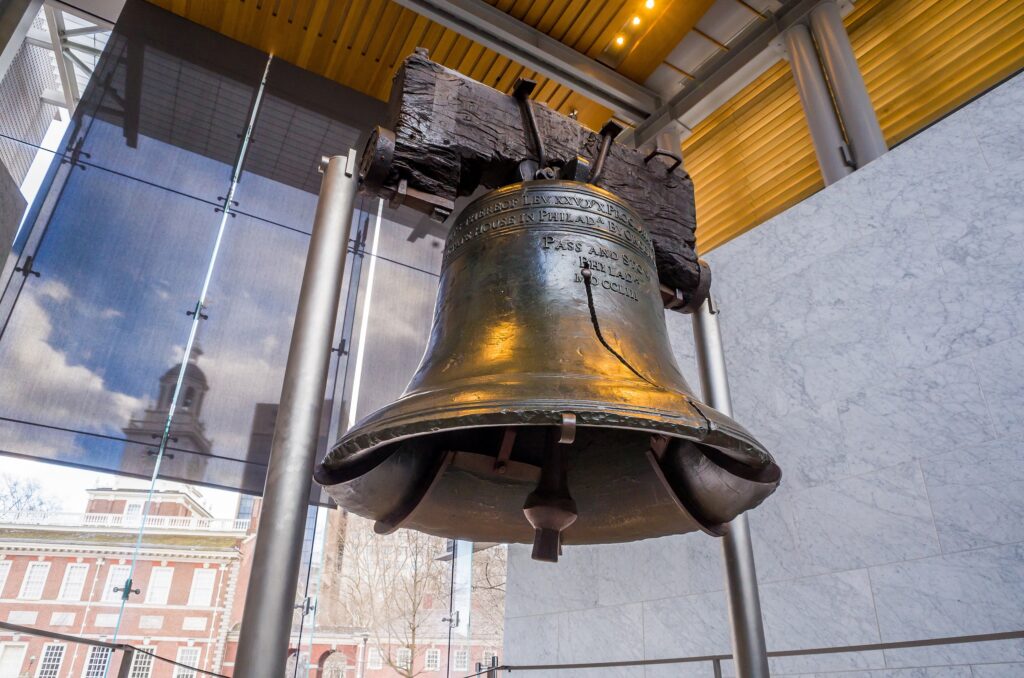With a grain of salt
The show’s hero has huge muscles, wisecracking sidekicks, and a mysterious origin. In each episode, he performs feats beyond the abilities of mere mortals. He fights for values that just about everyone shares, and he dispenses common-sense wisdom in a way that seems profound. Each episode ends, satisfyingly, with him leaving the place he visits better than he found it. The hero, in short, is a superhero. In this case, his name is Robert Irvine, and he stars in a cooking show.
At a glance, the show in question, Restaurant: Impossible (Food Network, Wednesdays, 9 p.m.), doesn’t seem that unusual. In fact, there are at least three other shows (the highest rated of which is Fox’s Kitchen Nightmares, with Gordon Ramsay) with very similar premises involving turning around failing restaurants. The fix-a-failing-business format isn’t new, either; it dates back to the 1990s BBC series Troubleshooter.
But if its form is anything but original, the way that Restaurant: Impossible combines superhero and reality television is at least worth noting. It’s important not only for what the show does, but for what it says about the direction and transformation of reality programming in America.
Like every superhero show, Restaurant: Impossible focuses around its hero. And Irvine looks the part: At 48, he’s a fantastic physical specimen—the Food Network’s most prominent publicity shot has him in a T-shirt, holding a whisk and flexing his enormous bicep. Furthermore, like any good superhero, Irvine has a spectacular origin story—at least, as he tells it. In media accounts, the tale goes something like this: Born in humble circumstances and possessed of near-superhuman cooking skills, he was handpicked to design the wedding cake for Charles and Diana while in high school. He joined the Royal Navy at 15, and from there the culinary prodigy went on to another series of great adventures, serving on the royal yacht and cooking in the White House for the president. In the meantime, he was knighted by Queen Elizabeth (not just any knighthood, he lets people know, but the highest kind) and was given a castle in recognition of his culinary achievements.
On the show, he accomplishes his superheroic feats with aplomb. Driving his Lexus to a variety of family-owned establishments of little culinary distinction, he quickly takes command. The visit typically starts with Irvine entering and expressing disgust with everything about the restaurant’s physical environs. Then, of course, comes his time to watch a food service. His comments are always cutting: “This is awful” and “This is horrible” are pretty typical. (One recent episode drew giggles on Internet message boards when Irvine remarked that the food at a restaurant wasn’t “that bad.”)
Next, working with one of his rotating designer sidekicks—mostly attractive females with muscles nearly as impressive as Irvine’s own—he devises a plan to remake the restaurant’s interior, typically in a high cheap-chic fashion. (The total budget is $10,000.) Irvine next offers fast-paced common-sense lectures on kitchen cleanliness, the need for fresh ingredients, and the importance of careful food costing. He might also spool out a few tasty recipes that he promises will be hugely profitable for the proprietors.
Though harsh about food quality, Irvine offers a sympathetic ear: He’ll help reconcile feuding couples, discipline wayward staff, and put the restaurant on the right track. Along the way, there are usually a few slip-ups in the interior remake—wrong carpet, broken mirrors—that the jack-of-all-trades Irvine solves with his typical brilliance.
The show ends with a huge crowd coming into the newly refreshed restaurant, oohing over the décor and showing appreciation of the dishes that Irvine has added to the menu. This makes for good drama, and Irvine’s larger-than-life personality makes him a winning character.
But like all other superheroes, Robert Irvine is a fictional creation. Irvine, as a 2008 St. Petersburg Times investigation revealed, isn’t a knight, didn’t cook directly for the royal family, and had only a brief stint in a menial role in the White House Mess. The only two restaurants he has run himself (in South Carolina) both opened after he began to appear regularly on television, and they get middling reviews on TripAdvisor and Yelp. His cookbooks haven’t been huge bestsellers, and a lot of the reviewers find his recipes unworkable. To a large extent, the “Robert Irvine” who has appeared on the Food Network during the past decade is a fictional character whose biography and abilities bear only a tangential relationship to the former Royal Navy cook with the same name.
And the show itself doesn’t bear much more of a relationship to reality. As the New York Times has reported, the “48-hour” restaurant makeover actually takes months of planning, with boxes of materials shipped to the restaurant well in advance. Irvine, who wields a sledgehammer in the show’s opening credits, has little or no involvement with this part of the process. And the $10,000 budget, apparently, refers to materials only: Labor, the biggest cost for most construction projects, isn’t included.
Even Irvine’s prepackaged advice, which sounds like common sense at first blush, is actually a vast over-simplification. In Irvine’s world, restaurants can always make more money and turn themselves around by replacing frozen ingredients with tastier, cheaper-to-prepare, fresh ones. This sounds great in theory and probably works for some restaurants some of the time. But, in fact, almost all restaurants (probably including Irvine’s own) serve some frozen food for a reason: While more expensive, it’s less labor intensive to prepare, and can be kept frozen until needed. In some cases—fish purchased to be served inland, for example—it’s arguably of better quality, too. Even in the best restaurants, items like brown sauce and bacon are almost always bought partly precooked and frozen.
The show’s faults, however, are easy to overlook: Restaurant: Impossible’s satisfying, if formulaic, plots combined with Irvine’s charisma make it compelling, if dumb, television. And for all its fictionalization, the combination of remodeling, publicity, and Irvine’s recipes does seem to have saved a number of restaurants. The blog Food Network Gossip finds that 45 of the 65 restaurants the show has visited remain open, an impressive number given that all claimed to have been on the verge of closing their doors before Irvine arrived.
Furthermore, Restaurant: Impossible’s adaptation of nearly all the tropes of the superhero show provides another important data point about the way reality shows have come full circle. Although there are plenty of reality shows on television that follow typical themes, such as investigating unusual people (A&E’s Hoarders) or providing a sort of “extreme game show” setting (CBS’ long-running Survivor), reality television has already brought in any number of other genres. For example: a sitcom with a heavy dose of comedy (IFC’s Whisker Wars); angsty, sometimes gripping, teen dramas (MTV’s Teen Mom and its spinoffs); and, in the ultimate example of things coming full circle, a mostly scripted crime drama with professional actors in the cast (Discovery Channel’s Amish Mafia).
Restaurant: Impossible adds a superhero to this mix. Yes, it’s a fictional program, and a formulaic one at that. And no, it doesn’t teach much about restaurant management. But as a superhero saga, it’s pretty darn good.








